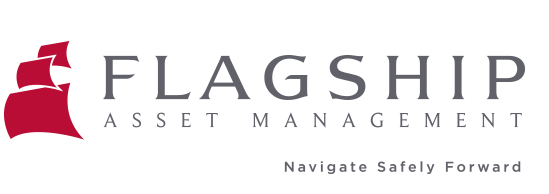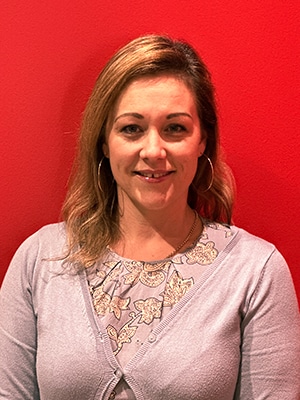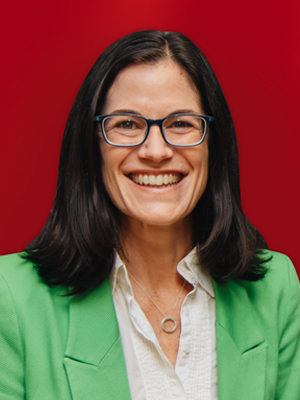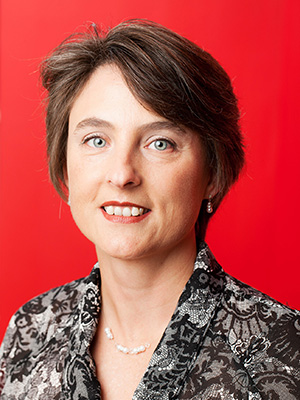
28 Mar Three Equity Investing Metrics to Watch
As published in Business Day on 31 March 2023, Kyle Wales explains the three equity-investing metrics worth watching to Simon Brown on Moneyweb.
We live in tumultuous times. Since one of the steepest interest rate increases commenced last year, and with a recession on the horizon, the focus of the prudent investor needs to shift away from solely focusing on potential upside towards mitigating downside risk as well. The importance of capital preservation is perhaps best captured in Warren Buffet’s quote: “Rule No. 1 (of investing): Never lose money. Rule No. 2: Never forget rule No. 1.” The following are the three key metrics which I believe investors should monitor to mitigate downside risks.
Price/Earnings ratio
Most investors would have heard about the price-earnings (P/E) ratio because it is the most commonly used metric to assess valuation. The P/E ratio measures the price you would pay for a share in the company at any point in time versus the earnings it is generating.
The measure gives an indication of whether a company is expensive or cheap relative to its peers or history. Thus, when it comes to managing risk, it should inform whether to invest in the asset or not because, regardless of the business specifics, the price you pay for the asset will determine the returns you receive from it in the future.
Even a very good business can make a poor investment at the wrong price, while a poor business can be a good investment at the right price.
At current levels, overall equity valuations are not particularly cheap if one considers the weak economic outlook and considerable uncertainty weighing on financial markets currently. The S&P 500 trades on a forward P/E of 17.2X versus a historical average (from 1997) of 16.5X. The forward P/E is based on forecast rather than historical company earnings.
Compounding the risks attached to this indicator is that the forward earnings estimates are based on rosy expectations. While most investors think that a recession is likely in the next 12 months, the market expects earnings for the S&P to decrease by 1.2% in calendar 2023 and increase by 10% in calendar 2024 (as at 14 March 2023).
Revenue growth
Most fundamental investors (whether they invest based on a value or a growth mindset) try to invest in high quality businesses, even though they may differ with respect to the price they are prepared to pay or the growth rate in revenue and earnings they target. Characteristics of a high-quality business include a moat, which is the company’s ability to maintain its competitive advantage, high returns on its invested capital and high free cashflow conversion, which is the business’s efficiency in turning sales into cash. Most importantly, it includes pricing power, because the company’s capacity to sell its products and services at a profit will determining its revenue growth.
Certain types of businesses have very little pricing power. Miners and other commodity producers are examples of these. In a “stagflation” type scenario, where high inflation is paired with low economic growth, it is not inconceivable that miners of commodities that are sensitive to economic cycles might experience declining prices at the same time as their costs increase, squeezing their profit margins.
That said, investors should also not have unrealistic expectations about a business’s ability to pass on price increases because even the best quality businesses may find it difficult in challenging times, such as those we are currently experiencing.
Unilever, a very high-quality business, reported consolidated underlying pricing growth of 11.3% for its financial year ended December 2022, but this was still not sufficient to offset raw material inflation and came at the expense of volumes, which shrank by 2%. However, we expect Unilever to claw back profits by raising prices when raw material inflation slows.
Net debt/EBITDA
Another key metric to watch is net debt/Earnings Before Interest, Tax, Depreciation, and Amortisation (EBITDA), which is a useful measure because it highlights the extent of debt taken on by a company relative to its operational earnings.
A good example of a company to reference here, and one with which the South African investor will be familiar, is Anheuser Busch Inbev (ABI). Post its takeover of SABMiller, ABI was saddled with an enormous amount of debt. Its net debt/EBITDA rose to almost 5X after the transaction, which far exceeded the normally acceptable threshold of 2.5-3X. Even today, more than five years later, its net debt/EBITDA is still a substantial 3.7X.
High levels of debt are a bad thing, especially in the current environment when interest rates are rising steeply to rein in inflation, because debt must be refinanced at higher yields if the company does not have sufficient cash on hand to settle debt as it matures.
According to ABI, however, “the bond portfolio has a very manageable pre-tax coupon of approximately 4% with 95% of the portfolio fixed rate, a weighted average maturity of greater than 15 years and no relevant medium-term refinancing needs”. We believe this debt profile reduces the risk of a large debt burden becoming substantially unsustainable.
In good times, investors are almost always rewarded for taking additional risks. In bad times, taking on additional risk can be detrimental to investment performance. Investors need to be aware of the risks they are taking and protect themselves as far as they can if they want to achieve superior long-term returns – and these three measures give you crucial insight into the potential performance of assets you are considering adding to your portfolio.
About the author
Kyle Wales CA(SA) CFA
Fund Manager
Kyle is a fund manager and member of Flagship’s global investments team.
Kyle has been investing internationally for over 15 years. Prior to Flagship, he worked at Coronation Fund Managers for 9 years in the Global and Global Emerging Markets teams, and also co-managed a global equities boutique at Old Mutual Investment Group. Kyle is a qualified chartered accountant and CFA charter holder.


















